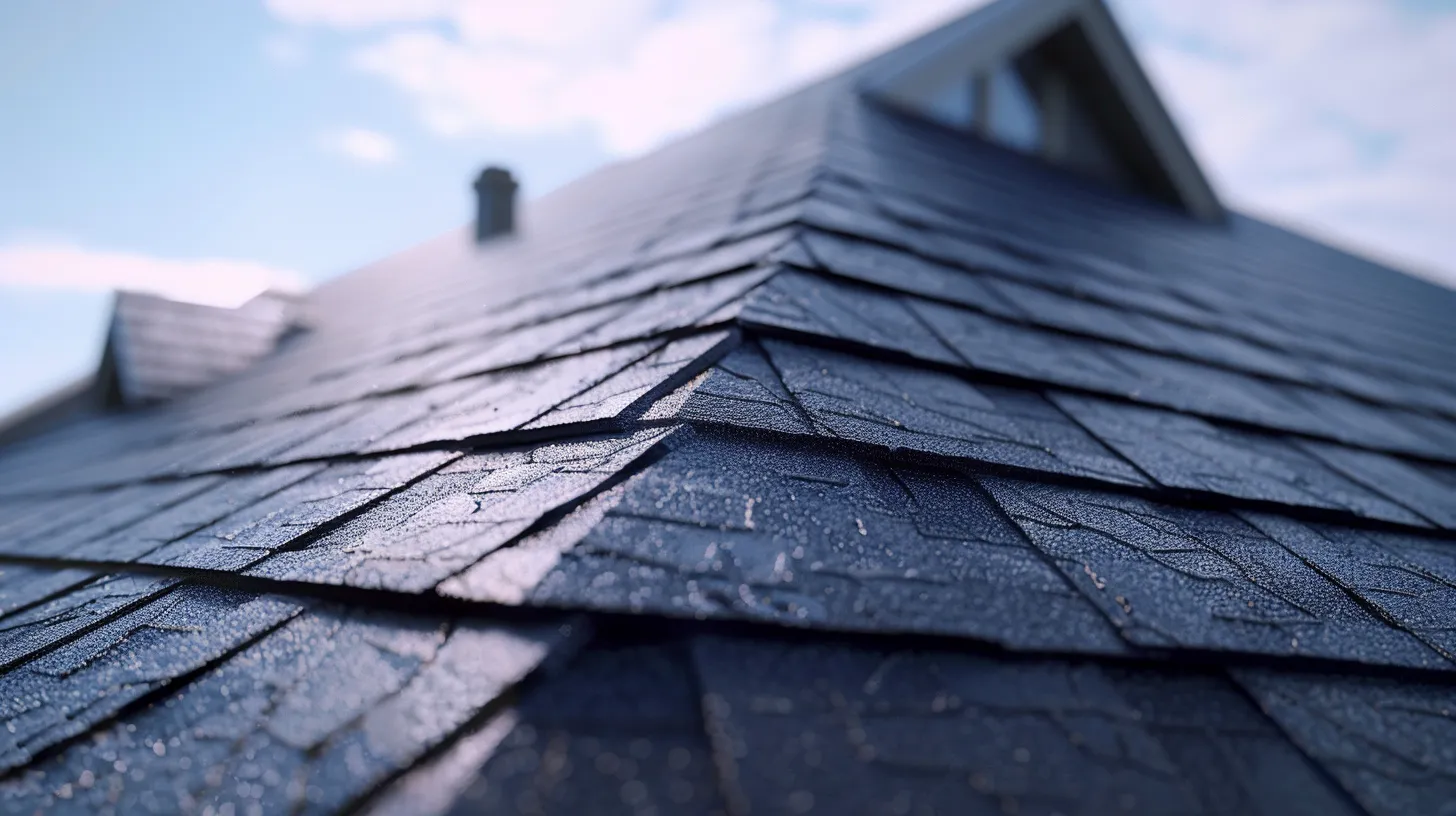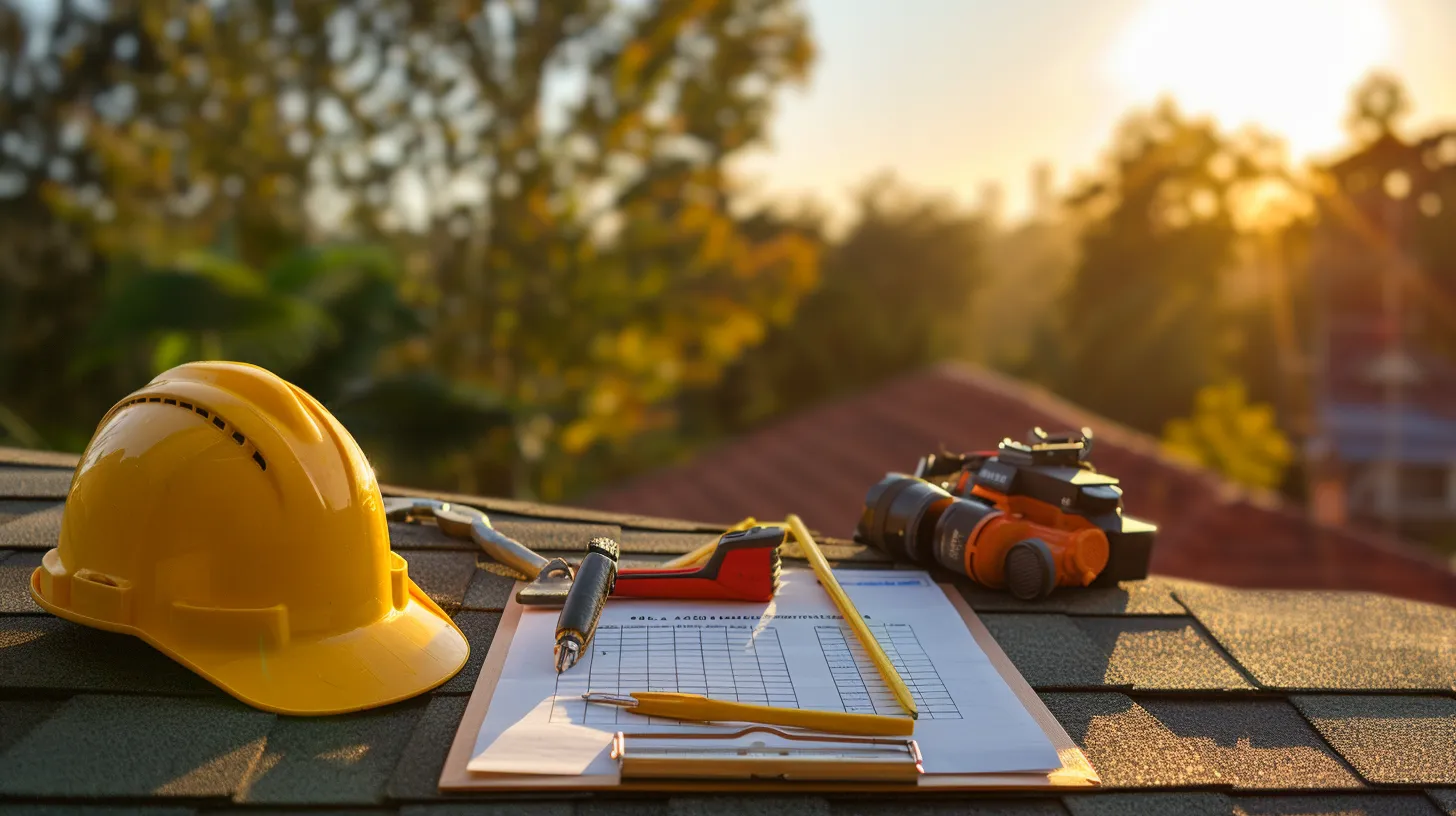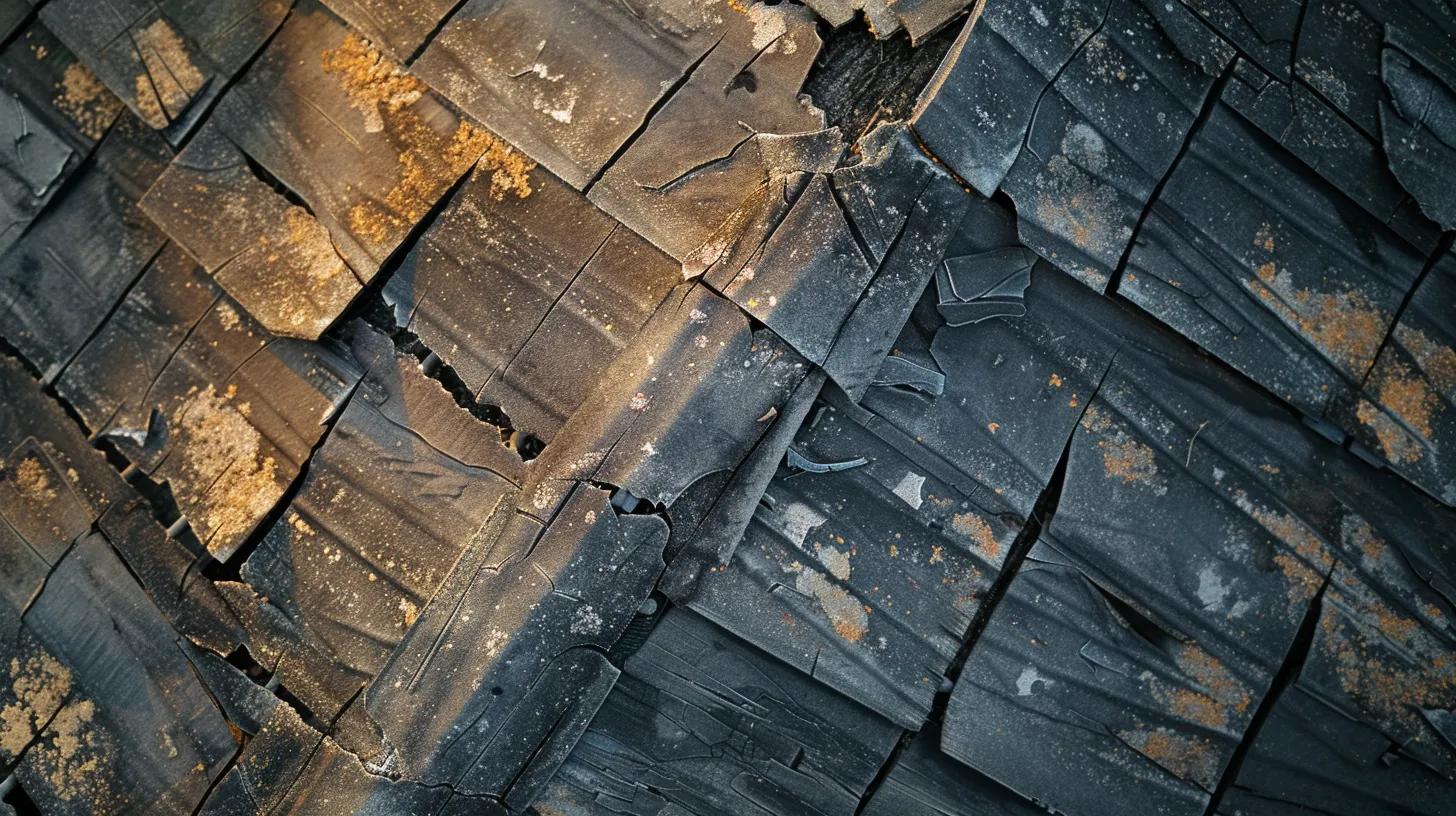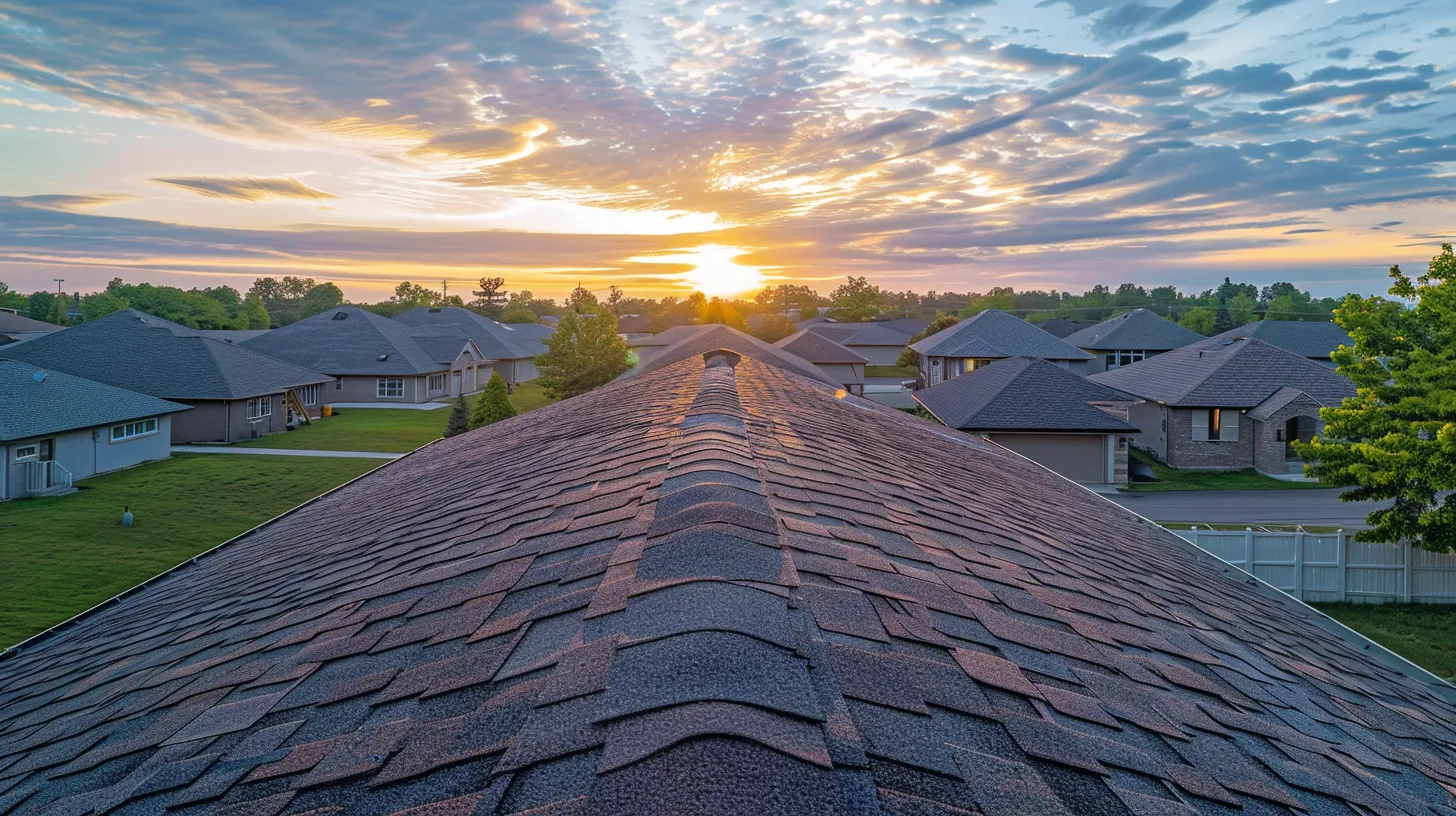
When to Consider a Roof Replacement
Is your roof showing signs of wear or leaks that worry you? If so, understanding when to consider a roof replacement is essential for maintaining your home’s integrity. This article will cover key indicators, both visual and performance-related, that can signal the need for new roofing. You’ll also learn about external factors that can impact your roof’s condition and the importance of professional inspections. By the end, you will feel more confident in deciding whether to invest in roof repair and replacement, ensuring your home remains protected and safe.
Key Takeaways
- Regular inspections are crucial for identifying potential roof issues early
- Significant wear or missing shingles may indicate a need for replacement
- Mold and water stains inside your home suggest roofing problems that require immediate attention
- Knowing your roof’s age helps in determining the right time for replacement
- Consult a professional contractor for informed decisions about roof maintenance or replacement
Key Takeaways
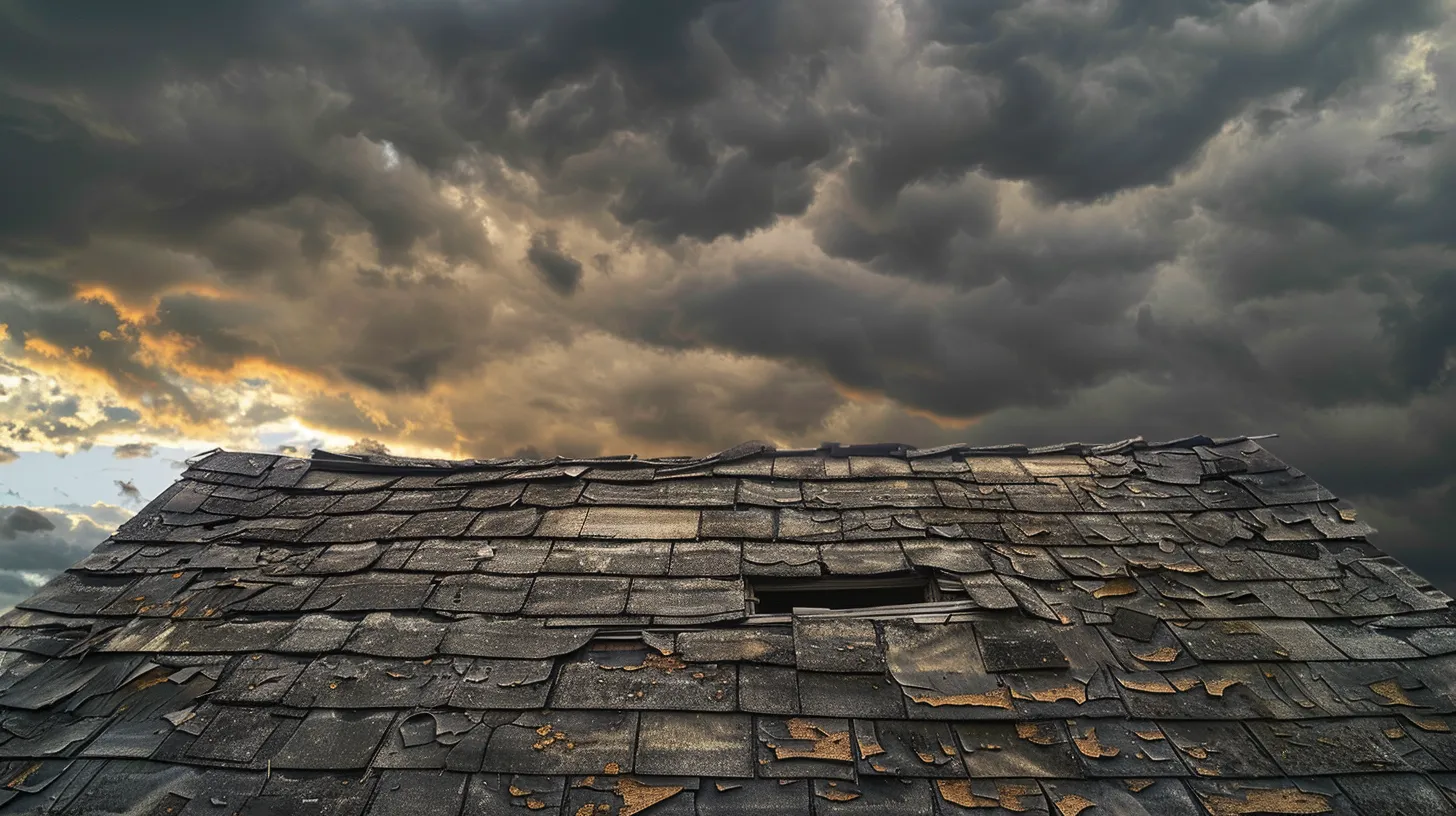
Your roof is constantly exposed to elements like wind and hail, which contribute to its wear over time. Regular inspections can help you spot signs of damage early, preventing costly repairs down the line. If you notice significant wear and tear, it may be a signal that replacement is necessary.
Flashing plays a crucial role in directing water away from seams and edges on your roof. If your flashing is damaged or missing, it can lead to leaks and further deterioration of the roofing materials. Addressing flashing issues promptly is essential to maintain the integrity of your roof, preventing the need for extensive roof repair and replacement.
Keep an eye out for missing shingles or tiles after severe weather, especially following strong wind or hail storms. These incidents can greatly compromise your roof’s protective layer. If you find extensive damage, it may be time to consider a full roof replacement.
Pay attention to the age of your roof, as most materials have a limited lifespan. Even if there are no visible issues, wear and tear can accumulate over the years. When your roof reaches the end of its expected life, replacing it proactively ensures your home remains safe and secure.
You know the signs, but do you recognize the moment it becomes urgent? Let’s look at the key indicators that suggest it’s time for a roof replacement.
Key Indicators That Suggest It’s Time for a Roof Replacement
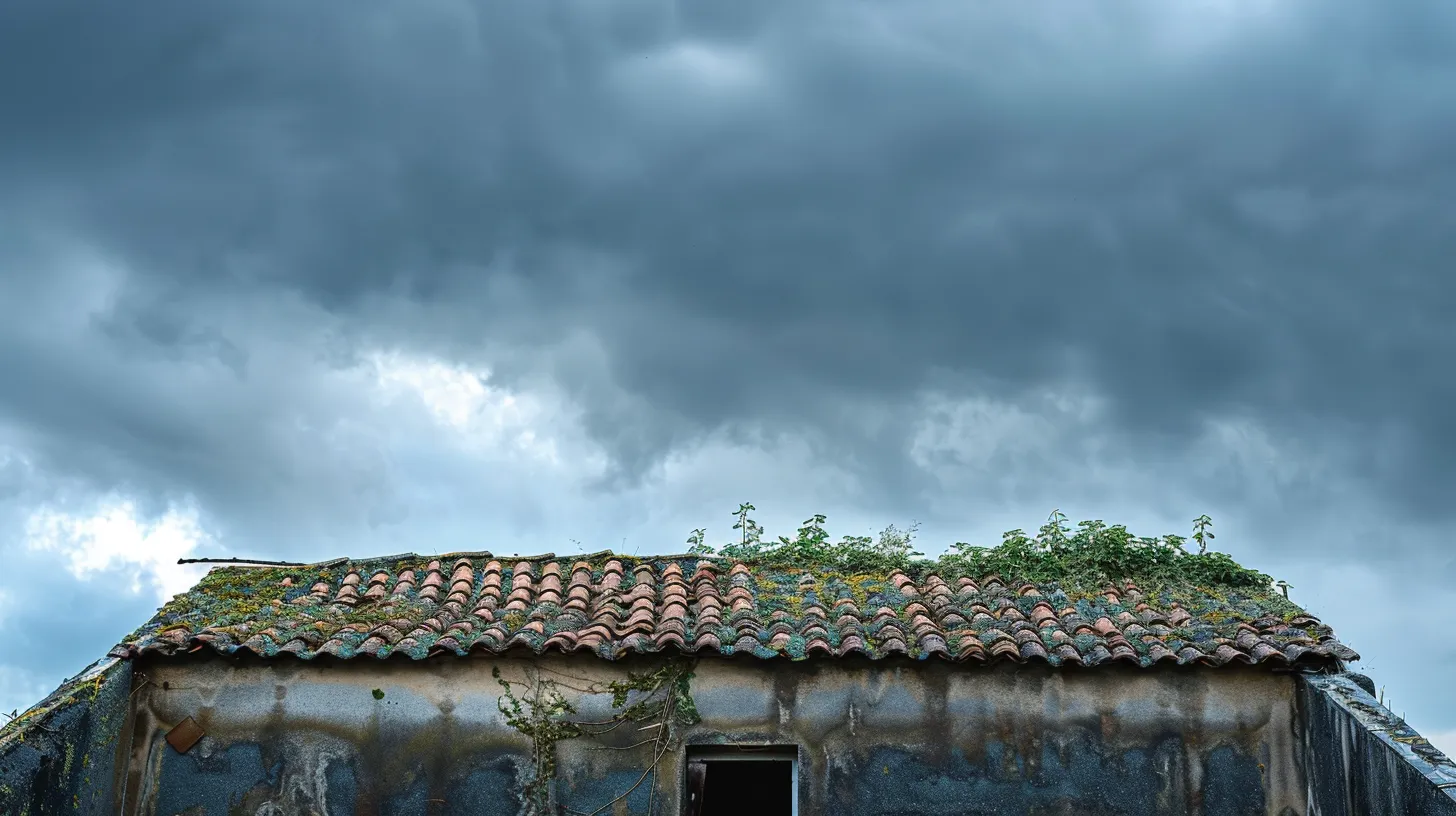
Key Indicators That Suggest It’s Time for a Roof Replacement
Understanding your roof’s lifespan is essential for effective maintenance. Look for signs of water damage that may indicate leaks, as well as notable shingle issues like curling or missing tiles. The presence of mold or algae growth suggests not only aesthetic concerns but also potential moisture problems. Additionally, pay attention to decaying or rotting areas, especially after storms or heavy snow, to determine if your home insurance covers necessary replacements.
Understanding Your Roof’s Lifespan
Understanding your roof’s lifespan is vital for ensuring your home remains protected. Different materials have varying life expectancies; for example, asphalt shingles typically last 20 to 25 years, while a metal roof can last 40 years or more. Regular inspections help identify any potential issues early, allowing you to take action before small problems escalate into major concerns.
Your attic’s condition also provides insights into your roof’s health. Inspections of the attic can reveal signs of water damage or insulation problems that may indicate leaks in the roof. By staying proactive and monitoring the age and materials of your roof, you can make informed decisions about whether it’s time for a replacement, ensuring your home’s safety and security.
Signs of Water Damage Inside Your Home
Water damage inside your home can take various forms, and it’s important to recognize the signs early. Look for discoloration on ceilings or walls, which may indicate leaks from your roof or chimney. Mold and mildew can develop in damp areas, potentially leading to health issues and further damage. If you notice moss or algae growth inside, this might point to moisture problems, signaling that it’s time to consider a roof replacement.
In addition to visible stains, check for a musty odor in your home, which often accompanies mold presence. Inspect your attic for water stains or dam formation, as these can signify significant leaks that compromise your roof’s effectiveness. Addressing these concerns promptly not only protects your home but also helps maintain its value and safety in the long run:
Notable Shingle Issues
Notable shingle issues can indicate that it’s time for a roof replacement. If you notice curling, cracking, or missing shingles, these problems affect your roof’s ability to protect your home from sunlight and debris. Damage to shingles impacts ventilation as well, which can lead to heat buildup in your attic, affecting the roof’s longevity and the overall comfort of your home.
Additionally, inspect your shingles for signs of excessive wear or discoloration. If your roof is still under warranty, contact your roofing contractor to discuss repair options or replacement if the damage is significant. Addressing shingle issues promptly is crucial; if left unchecked, they can lead to water leaks and further complications down the line:
Presence of Mold or Algae Growth
The presence of mold or algae growth on your roof can be a clear sign of underlying issues that may necessitate a roof replacement. Not only can these growths detract from your home’s curb appeal, but they also indicate moisture problems that can lead to significant roof damage over time. Observing these signs during a routine roof inspection is vital, as timely action can prevent further complications and reduce the need for extensive roof repair.
If you allow mold or algae to persist, it may compromise the structural integrity of your roofing materials and even affect adjacent siding. Regular maintenance, including addressing these growths, is essential to prolong your roof’s lifespan. If the problem is extensive, consider consulting a professional to evaluate whether your roof should be replaced to ensure your home remains safe and secure.
Decaying or Rotted Areas
Decaying or rotted areas on your roof can be a significant warning sign that it’s time for a replacement. This deterioration often results from prolonged exposure to moisture, which can lead to serious shingle damage and increase the risk of roof leaks. If you notice soft spots or visible decay in roofing materials, it’s crucial to act quickly to prevent further complications and costly roof repairs.
As a homeowner, recognizing the signs of decay can protect your home from more extensive damage. If decay is present, it often indicates underlying issues that could compromise your residential roofing’s integrity. Consulting with a professional roofing contractor can provide you with the necessary guidance on whether repairs can suffice or if a complete roof replacement is warranted based on the extent of the damage.
As you consider those key indicators, look up. The roof tells its own story through visible signs of wear and tear, waiting for you to notice.
Visual Signs of Roof Wear and Tear
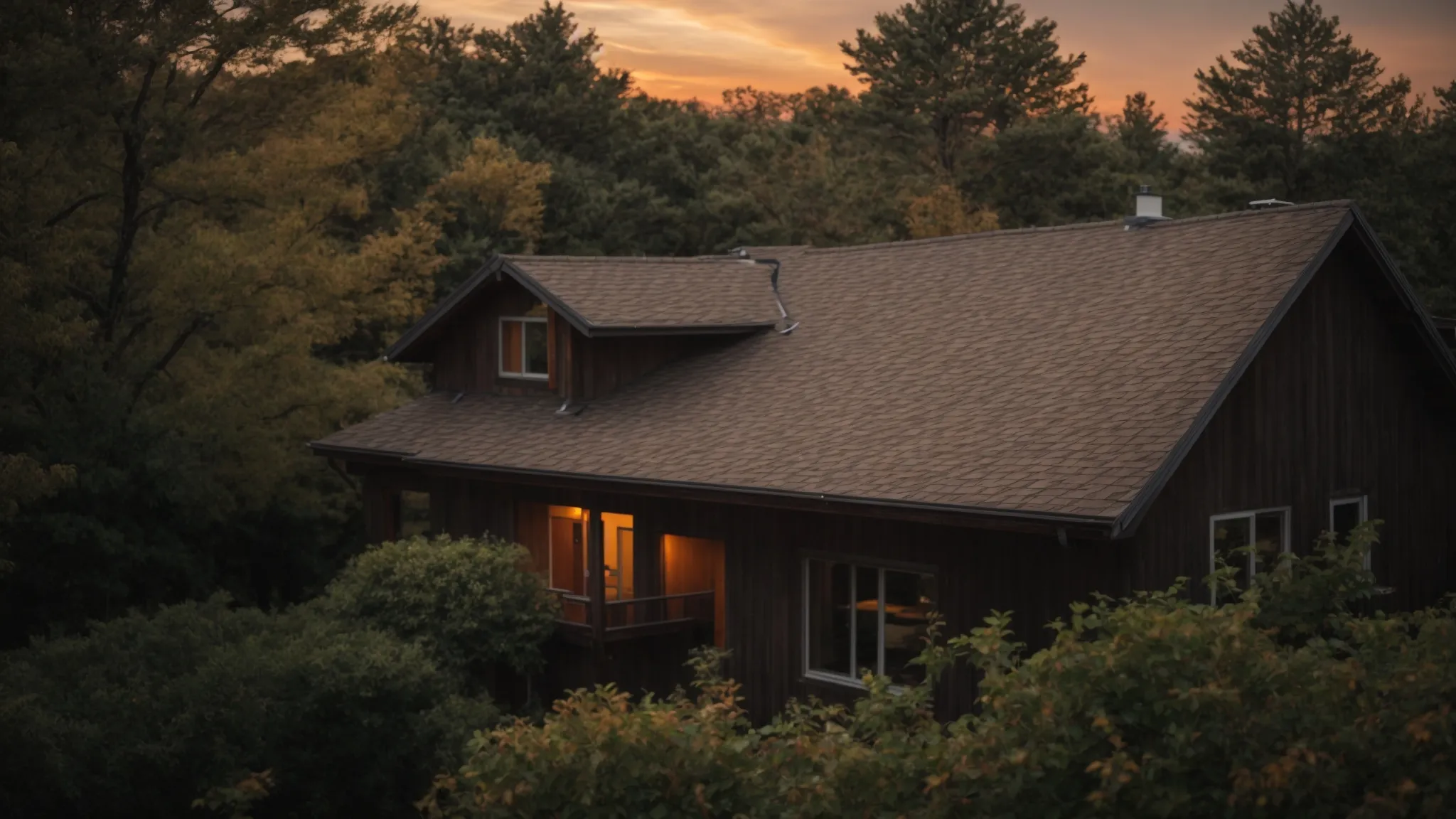
Visual signs of wear and tear on your roof can indicate the need for a roof replacement. Look for missing shingles or tiles, as these gaps can expose your home to potential leaks and further damage. If you notice significant hail damage, acting promptly is essential to prevent more costly repairs in the future.
Inspect for curling or buckling shingles, as these issues impact your roof’s ability to protect against harsh weather. A damaged roof not only compromises your home’s safety but can also lead to mold growth or moisture problems inside. Regular checks for such visual signs can help you determine the right time for a replacement.
Check for discoloration or stains on your roof as these may indicate underlying issues, such as leaks that could be causing more extensive damage. If you identify multiple signs of deterioration, consider consulting a professional to evaluate whether your roof needs repairs or a complete replacement. Timely action can save you from more severe complications down the line.
Pay attention to any sagging areas on your roof, as they signal potential structural problems that require immediate attention. Such signs may mean your roof is unable to withstand additional wear and tear, leading to the necessity of replacement. Addressing these visual indicators early can help ensure the longevity and safety of your home.
The roof bears its scars, silent reminders of storms weathered and time passed. Understanding these signs not only protects your home but also reveals the depth of care needed for its longevity.
Visual Signs of Roof Wear and Tear
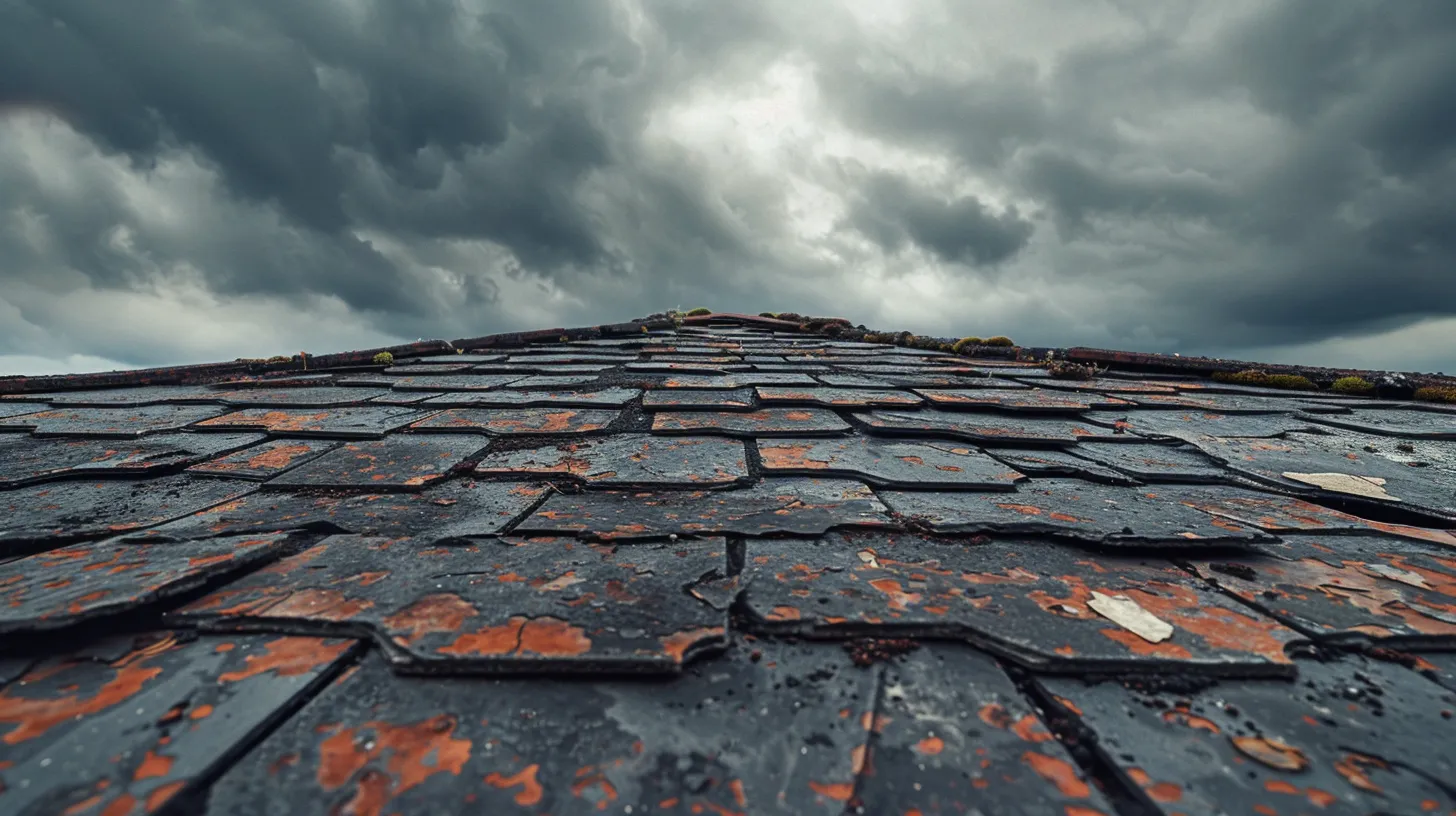
Visual Signs of Roof Wear and Tear
Curling or buckling shingles can indicate significant storm damage and the need for immediate attention. Granule loss and bare spots on your roof reveal that it may be losing its protective barrier, while cracked or missing shingles expose your home to further risk. Additionally, visible areas of sagging and rusted metal components could signal underlying issues, urging you to consider a full roof replacement. Understanding these signs is essential for home improvement and helps you assess your policy coverage for repairs or replacement.
Curling or Buckling Shingles
Curling or buckling shingles are serious visual signs that your roof may need attention, especially after extreme weather events such as winter storms. These issues compromise the roof’s ability to protect your home from moisture, potentially leading to leaks that affect your ceiling and interior spaces. If you notice these conditions, it’s important to assess the extent of the damage and consider whether repairs will suffice or if a full roof replacement is necessary.
When shingles curl or buckle, they may trap moisture underneath, creating an environment ripe for mold growth and further deterioration. As these problems worsen, they can lead to costly repairs inside your home, especially if water seeps down into your ceiling. Addressing curling or buckling shingles promptly can save you from extensive repairs down the line and ensure your home remains safe and secure amid unpredictable weather conditions.
Granule Loss and Bare Spots
Granule loss on your roof is a clear indication that your waterproofing is compromised. As these protective granules erode or wash away, the underlying material becomes exposed to the elements, leading to potential damage to the wood and rafters beneath. If you notice bare spots, it’s essential to act, as these areas can invite moisture, creating an environment conducive to rot and leaks that can negatively impact your property.
Addressing granule loss promptly can save you from more extensive repairs later. If you find significant granule shedding or bare spots, consider reaching out to a professional roofing contractor for an inspection. They can help assess the situation and offer recommendations for repairs or replacements, ensuring your home remains secure and well-protected. Don’t hesitate to contact us via our email address for further assistance; your property deserves the best care to maintain its value and longevity.
Cracked or Missing Shingles
Cracked or missing shingles can significantly compromise your roof’s ability to protect your home, especially during thunderstorms or severe weather. When shingles are damaged, they create openings where pests can infiltrate, causing further issues within your home. If you notice cracks or missing tiles, it is essential to evaluate the condition of your roofing immediately to prevent potential leaks and structural damage.
Ignoring these visible signs could lead to more severe repercussions down the line. For instance, water can easily penetrate through exposed areas near the eaves, resulting in costly repairs to your home’s interior and insulation. Addressing cracked or missing shingles promptly not only maintains your roof’s integrity but also safeguards your home from the elements and preserves its overall value.
Visible Areas of Sagging Roof
Visible areas of sagging on your roof can indicate serious structural issues that need immediate attention. This sagging often results from prolonged exposure to moisture, which can compromise the energy efficiency of your home. If you notice any dips or sagging sections, it’s essential to assess the roof’s condition quickly to prevent further damage due to extreme climate conditions.
Ignoring sagging areas can lead to significant problems, including leaks and increased energy costs due to inefficiencies in insulation and ventilation. Addressing these issues not only helps maintain your roof’s structural integrity but also enhances your home’s overall comfort and safety. If you observe these signs, consulting with a professional roofing contractor can guide you on whether a replacement is necessary to ensure quality protection against the elements.
Rusting and Corroded Metal Components
Rusting and corroded metal components on your roof can serve as clear indicators that it might be time for a replacement. These issues often arise from prolonged exposure to moisture and can lead to significant structural concerns. If you notice rust on metal flashing or gutters, this deterioration can compromise the protective features of your roof and result in leaks within your home.
Addressing rust or corrosion early is crucial to maintaining your roof’s integrity. Once metal components start to deteriorate, they may weaken the overall structure, allowing water to penetrate and damage the underlying materials. If you discover extensive corrosion, consulting with a professional roofing contractor is essential to assess whether a full roof replacement is necessary, ensuring your home remains safe and secure.
Signs of wear on your roof tell a story of age and neglect. Understanding how these issues affect your roof’s performance reveals the next chapter.
Performance Indicators of Your Roof

Your roof’s performance is closely tied to its age and condition. If your roof is approaching its expected lifespan, you should assess its state carefully. Proactive evaluations can prevent unexpected failures, safeguarding your home from moisture damage.
Look for visible signs such as sagging or water stains on ceilings that can indicate underlying issues. These indicators often suggest that your roof is no longer effectively performing its protective role. Addressing these concerns promptly can prevent further damage and costly repairs.
If you frequently find yourself repairing leaks or replacing shingles, it might be time to consider a roof replacement. Continuous issues, especially after storms, can signal that your roof cannot withstand harsh conditions, compromising your home’s safety. Evaluating the frequency of repairs can guide your decision-making process.
Monitoring your roof’s ventilation and insulation is crucial for maintaining its performance. Poor ventilation can lead to overheating and accelerate roof deterioration. Ensuring proper airflow can extend your roof’s lifespan and help you determine if replacement is necessary to maintain your home’s comfort and energy efficiency.
Understanding how your roof performs provides a clear picture of its health. As we shift focus, you’ll see the key indicators that reveal when it’s time for attention.
Performance Indicators of Your Roof
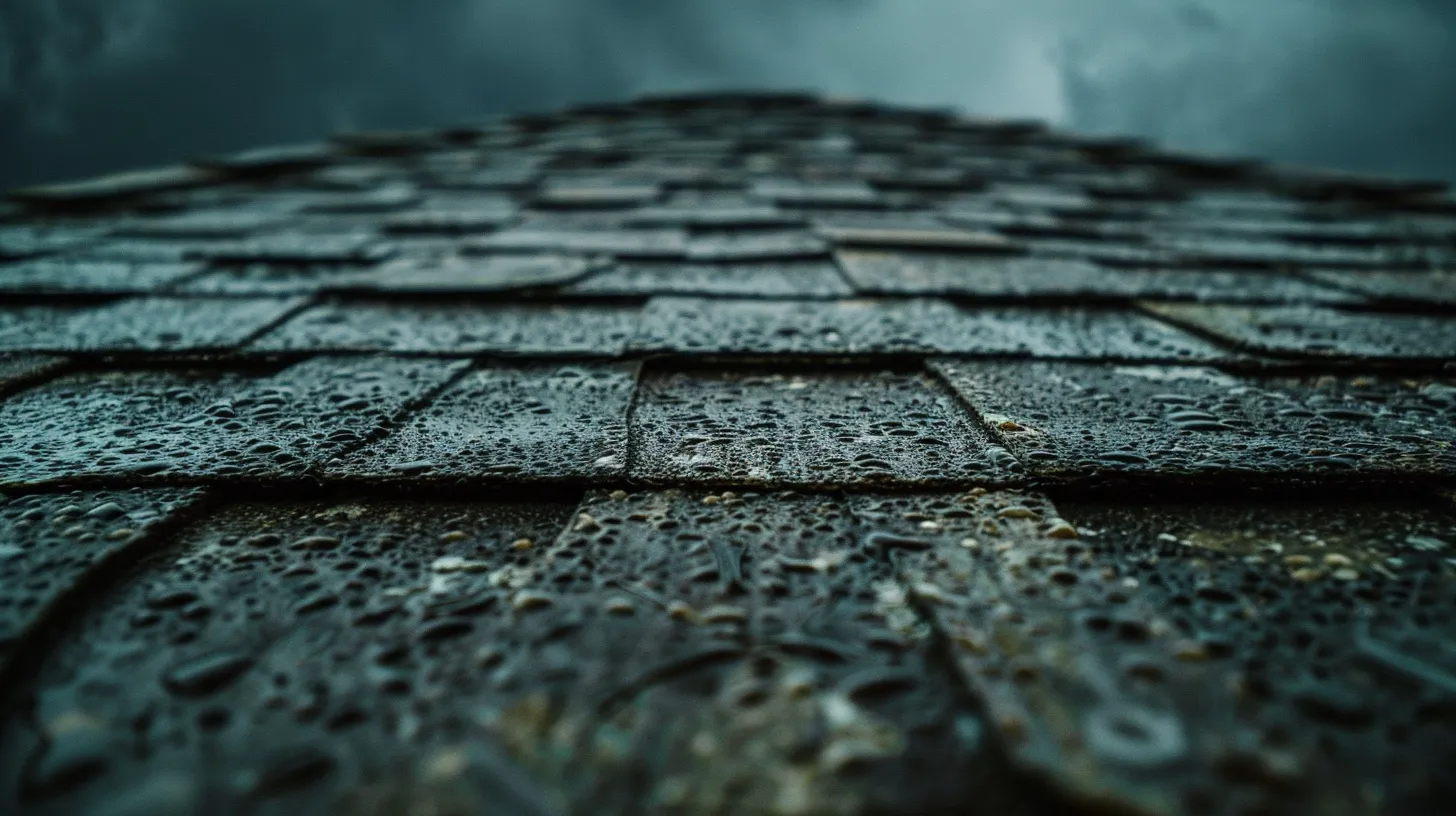
Frequent leaks after rainfall may indicate serious issues with your roof, calling for immediate evaluation. Unusual indoor temperature variations can also suggest inadequate insulation or ventilation, while increased energy bills may be a sign that your roof isn’t performing optimally. Addressing these performance indicators promptly can help you decide if a roof replacement is necessary to maintain your home’s safety and comfort.
Frequent Leaks After Rainfall
If you experience frequent leaks after rainfall, it’s a clear indicator that your roof may be failing to provide adequate protection. Persistent leaks often suggest underlying issues such as compromised shingles, damaged flashing, or deteriorating roofing materials. Addressing these leaks promptly is critical to prevent extensive water damage that could jeopardize your home’s safety and integrity.
Unusual Indoor Temperature Variations
Unusual indoor temperature variations can indicate that your roof is not performing effectively. If you notice significant differences in temperature from room to room, this may suggest poor insulation or ventilation in your roofing system. Addressing these fluctuations is essential, as they can lead to discomfort and increased energy bills. Consult a roofing professional to assess whether these issues are linked to your roof’s condition.
Increased Energy Bills
If you notice a consistent increase in your energy bills, it may be a sign that your roof is no longer effectively regulating your home’s temperature. An aging or damaged roof can create poor insulation and ventilation, forcing your heating and cooling systems to work harder to maintain a comfortable environment. This can lead to unnecessary costs and indicate that your roof requires evaluation for potential replacement.
A roof endures much over time. Weather, trees, and nearby construction can all change how your roof holds up.
External Factors Impacting Your Roof’s Condition
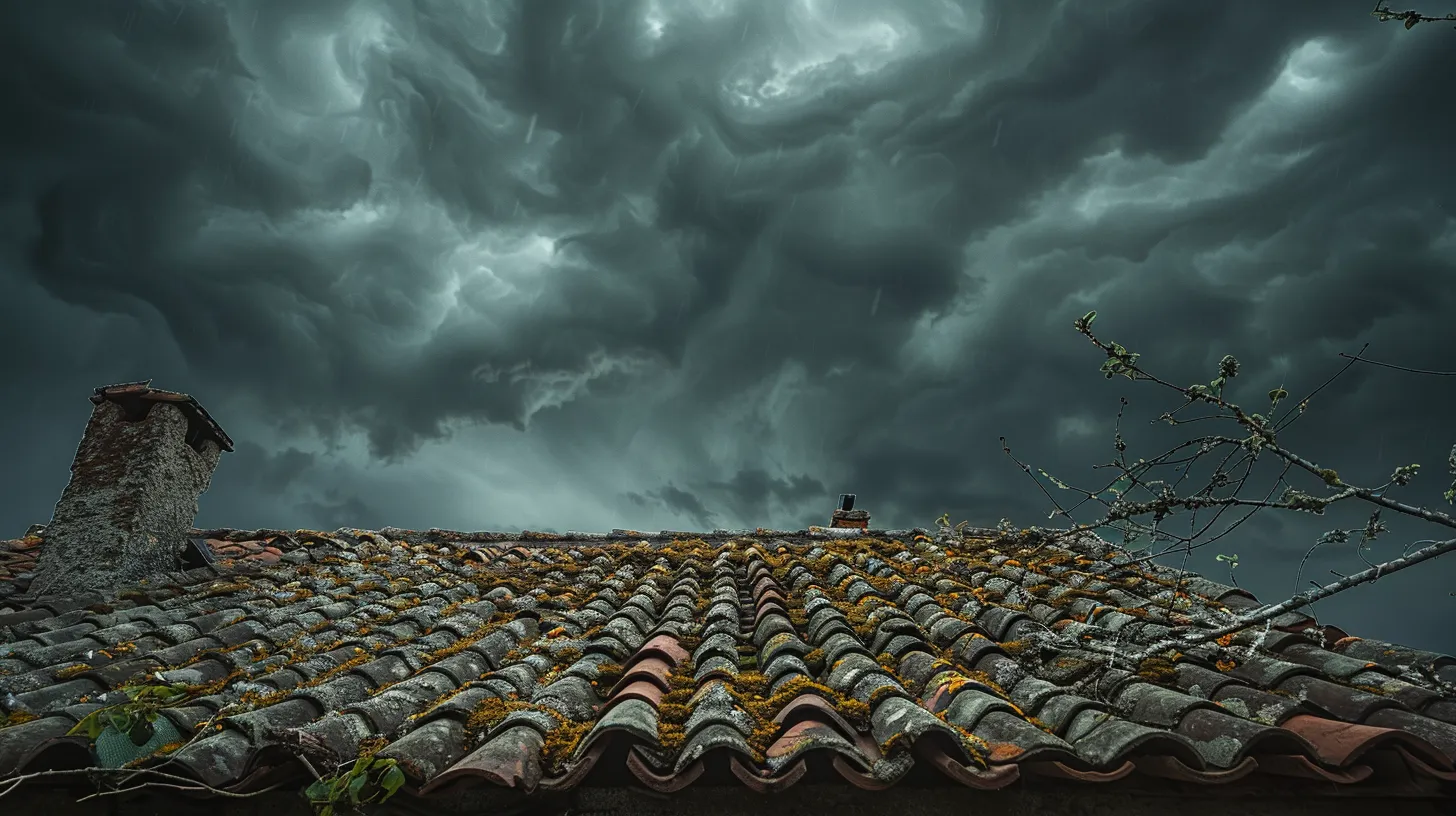
External factors play a significant role in your roof’s condition and longevity. Weather extremes, such as heavy rain, snow, or hail, can lead to damage that may necessitate a roof replacement. Be mindful of how these elements affect your roofing materials over time.
Tree branches overhanging your roof can cause damage during storms, resulting in broken shingles or even punctures. Regularly trimming back trees near your home can help mitigate this risk and preserve your roof’s integrity. Preventing unnecessary wear from foliage is essential for maintaining your roofing system.
Nearby construction projects may introduce additional wear to your roof through increased debris and foot traffic. These activities may also increase the likelihood of impacting your shingles and flashing. Staying informed about neighborhood developments can be crucial for timely maintenance and planning for roof replacement.
Environmental factors, such as pollution and UV exposure, lead to gradual wear on your roof. Protective coatings may deteriorate faster in regions with higher pollution levels. Monitoring how such conditions affect your roof can guide decisions about necessary repairs or upcoming replacements:
Rain falls heavy, winds howl fierce; your roof endures much. Learn what external forces shape its fate and how to protect your investment.
External Factors Impacting Your Roof’s Condition
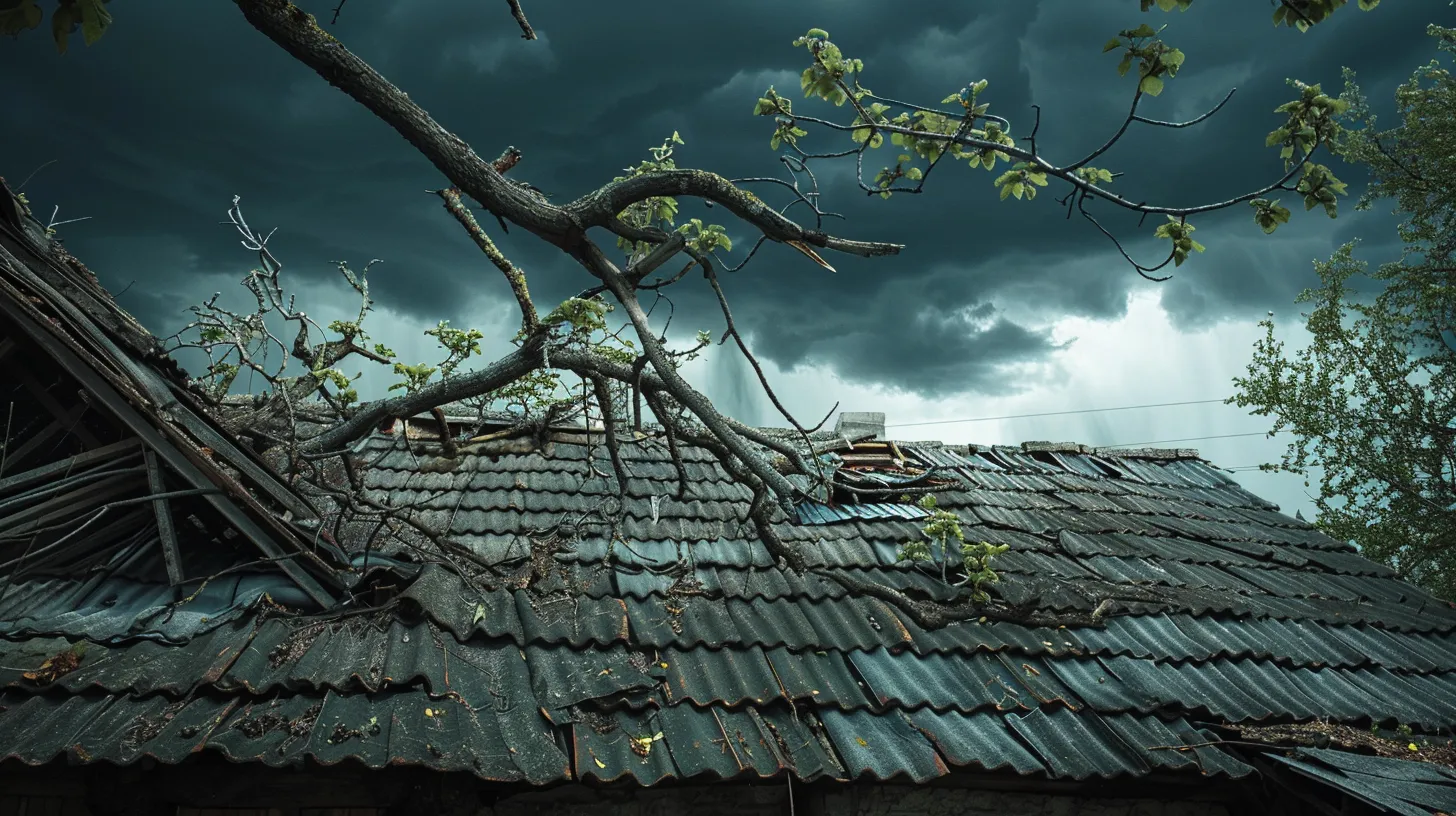
Severe weather events can significantly impact your roof’s condition, leading to potential damage that may require replacement. Proximity to trees poses risks of falling debris during storms, which can harm shingles. Additionally, neighboring construction activities may introduce debris and excessive foot traffic that compromise your roof. Understanding these external factors is essential for maintaining your roof’s integrity and planning for future replacements.
Impact of Severe Weather Events
Severe weather events, such as heavy rain, hail, and strong winds, can significantly compromise your roof’s integrity. These conditions can lead to damage that may necessitate a roof replacement, especially if you notice missing shingles or punctures after such storms. It’s essential to inspect your roof promptly following severe weather to assess for any potential issues that could worsen over time.
Additionally, frequent encounters with extreme weather can accelerate wear on your roofing materials. If you find yourself continually repairing wind-damaged shingles or dealing with leaks after storms, it might indicate that your roof is struggling to protect your home effectively. Regular assessments during seasonal changes will help you identify if your roof is approaching the end of its lifespan, guiding you towards making timely decisions about replacement:
- Inspect your roof after severe weather events.
- Look for missing or damaged shingles.
- Monitor for leaks and moisture inside your home.
- Take proactive measures with regular roof assessments.
Tree Proximity and Falling Debris
Tree proximity can significantly impact your roof’s condition. Overhanging branches pose a risk during storms, as they can break off and fall onto your roof, leading to damaged shingles or punctures. Keeping trees trimmed back not only protects your roofing materials but also contributes to your home’s overall safety.
Regularly assessing your trees’ health and their distance from your home can help you prevent costly repairs. Fallen debris, such as leaves and branches, can also accumulate on your roof, trapping moisture and potentially leading to mold growth. Take action to ensure trees are maintained properly, reducing the chance of roof damage:
- Trim overhanging branches regularly.
- Inspect your roof after severe weather.
- Clear debris to prevent moisture issues.
Neighboring Construction Activities
Neighboring construction activities can significantly impact your roof’s condition. Increased foot traffic, heavy equipment, and the potential for debris can lead to physical damage to roofing materials. This exposure may accelerate wear and tear, compromising the structural integrity of your roof and leading to potential leaks or need for a replacement.
It’s essential to monitor the progress of nearby projects, especially if they involve excavation or heavy machinery. The vibrations and debris from construction can weaken your roof over time, making it more vulnerable to natural elements. If you notice signs of damage or heightened wear, consulting a professional roofing contractor is advisable, as they can assess the extent of the impact and recommend whether maintenance or a complete roof replacement is necessary.
Weather and time take their toll on your roof, but knowing when to seek help can make all the difference. A professional inspection can reveal hidden issues and protect your home from greater damage down the road.
The Role of Professional Inspections
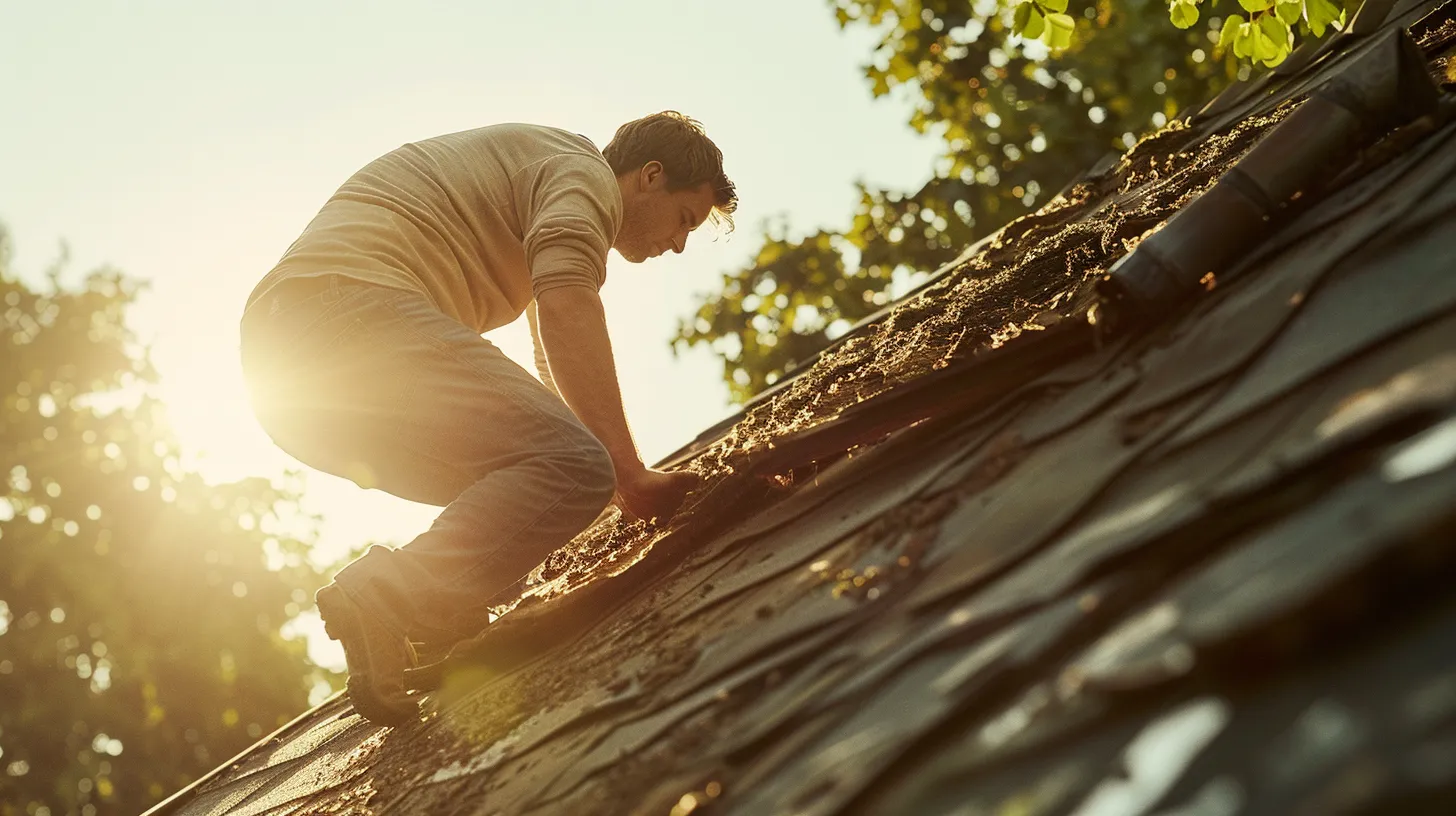
Routine roof assessments offer you essential insights into your roof’s condition, helping to identify potential issues before they escalate. Inspectors focus on key factors, including signs of wear, water damage, and structural integrity. Knowing when to schedule these inspections can ultimately safeguard your home and streamline your decision-making regarding roof replacement.
Benefits of Routine Roof Assessments
Routine roof assessments play a vital role in maintaining your home’s integrity and can help you catch potential issues before they become costly repairs. By scheduling professional inspections, you gain insight into the condition of your roof, allowing you to prioritize any necessary maintenance or replacements. These proactive measures can enhance your home’s overall safety, helping you avoid unexpected leaks and structural damage.
An experienced roofing contractor can identify problems such as worn shingles, failing flashing, or hidden water damage that may not be apparent to the untrained eye. By acting on the findings from these assessments, you not only extend the lifespan of your roof but also preserve your home’s value. Regular evaluations ensure you are well-informed about your roof’s condition, enabling you to make educated decisions regarding repairs or a full roof replacement when the time comes.
What Inspectors Look For
During a professional roof inspection, experts will evaluate your roofing materials for signs of wear and tear. They’ll look for curling, cracking, or missing shingles, which can indicate that your roof is reaching the end of its lifespan. By assessing these conditions, they can provide critical insights into whether it’s time to consider a replacement to avoid costly repairs in the future.
Inspectors will also focus on potential leaks and underlying water damage in your attic and ceilings. Identifying issues like damp spots, stains, or mold growth is essential for understanding your roof’s overall health. Proactively addressing these signs can help maintain the safety and security of your home, guiding you toward making informed decisions about necessary repairs or a complete roof replacement.
When to Schedule a Roof Inspection
Scheduling a roof inspection is essential, especially after experiencing severe weather like heavy rains, hail, or strong winds. These conditions can cause hidden damage, which may not be immediately visible. By having a professional evaluate your roof following such weather events, you can preemptively address any issues, potentially saving significant repair costs later.
You should also consider regular inspections as part of your home maintenance routine, ideally once or twice a year. An annual inspection allows you to keep track of your roof’s condition and identify wear and tear before it escalates into larger problems. Regular assessments can empower you to make informed decisions about necessary repairs or if a roof replacement is on the horizon:
- Assess roof condition after severe weather.
- Schedule annual inspections for proactive maintenance.
- Identify potential issues before they worsen.
The findings from the inspection often reveal what must be done. Once you understand the state of your roof, the choice to replace it becomes clearer.
Making the Decision for Replacement
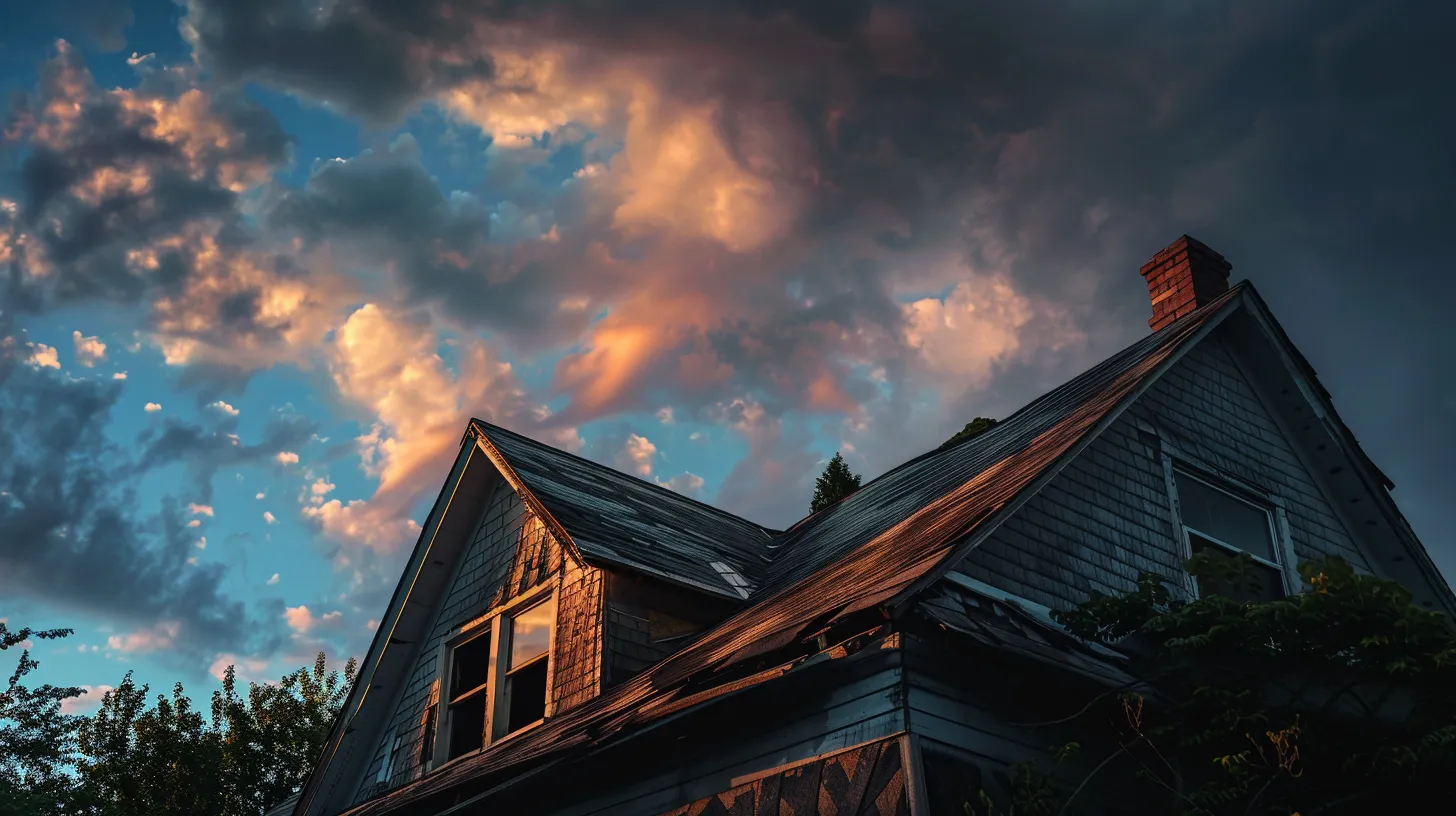
In making the decision for a roof replacement, consider the cost analysis of repairs versus replacement. You should also evaluate factors influencing timing, such as the roof’s age and condition. Understanding warranty considerations is crucial, as is selecting a trustworthy roofing contractor. These elements all contribute to making an informed choice that protects your home effectively.
Cost Analysis of Repairs vs. Replacement
When considering whether to repair or replace your roof, it’s essential to analyze the costs involved. If repairs are frequent and the expenses start to accumulate, a replacement may be more cost-effective in the long run. Additionally, if your roof is nearing the end of its lifespan, investing in a new roof can save you from ongoing maintenance costs and potential damage to your home.
Evaluate the severity of any existing damage and weigh it against the cost of a full replacement. For instance, if a significant portion of your roof requires repairs, this may indicate that a complete replacement is warranted. Understanding these factors can help you make an informed decision and ensure your home remains safe, efficiently protected, and free of unforeseen expenses:
- Assess the overall condition of your roof.
- Calculate the estimated costs of repairs versus replacement.
- Consider the age and materials of your current roofing system.
- Consult with a professional for a thorough evaluation.
Factors Influencing Replacement Timing
The timing of a roof replacement is influenced by several key factors, including the age of your roofing materials and the extent of any damage. If your roof is nearing the end of its lifespan—typically around 20 to 25 years for asphalt shingles or 40 years for metal roofs—it may indicate that it’s time to consider a replacement. Additionally, frequent repairs and escalating maintenance costs can signal that an investment in a new roof is more logical than continuing to patch up an aging system.
Environmental conditions also play a significant role in determining when to replace your roof. Areas with heavy storm activity can lead to accelerated wear, making timely inspections essential. Recognizing visible signs of wear, such as leaks or significant shingle damage, is crucial in deciding the right time for replacement. Evaluate these considerations to ensure your home remains protected and to make a well-informed decision about your roof’s future:
- Assess the age of your current roofing materials.
- Monitor for consistent repair costs and damages.
- Consider local weather patterns and storm frequency.
- Identify visible signs of wear, such as leaks or missing shingles.
Understanding Warranty Considerations
Understanding your roof’s warranty is essential when considering a replacement. A typical roofing warranty covers material defects and workmanship issues, which can significantly impact your decision. Knowing what your warranty entails helps you determine if you are eligible for repairs or replacement without incurring additional costs, ensuring your investment is protected.
When approaching a roof replacement, review the warranty details from your original roofing installation. Some warranties may offer extended coverage if repairs are made by authorized contractors, which can affect your choice of service provider. By consulting your warranty, you can make informed decisions that minimize your expenses while maintaining the integrity of your home’s roofing system.
Selecting a Trustworthy Roofing Contractor
Selecting a trustworthy roofing contractor is essential for ensuring a successful roof replacement process. You want to find a contractor who has a solid reputation in the community and provides quality service. Research online reviews, ask for recommendations from friends or family, and verify their credentials to ensure that you are hiring a reliable professional who can meet your expectations.
Engaging with potential contractors also allows you to gauge their expertise and customer service. When discussing your roof replacement, ask about their experience with similar projects and what materials they recommend. A contractor who provides clear answers and takes the time to understand your needs will likely deliver better results, ensuring your new roof meets both your functional and aesthetic requirements.
The choice to replace your roof is both a challenge and a relief. As you weigh the options, think about the peace that comes from a dependable home overhead.
Conclusion
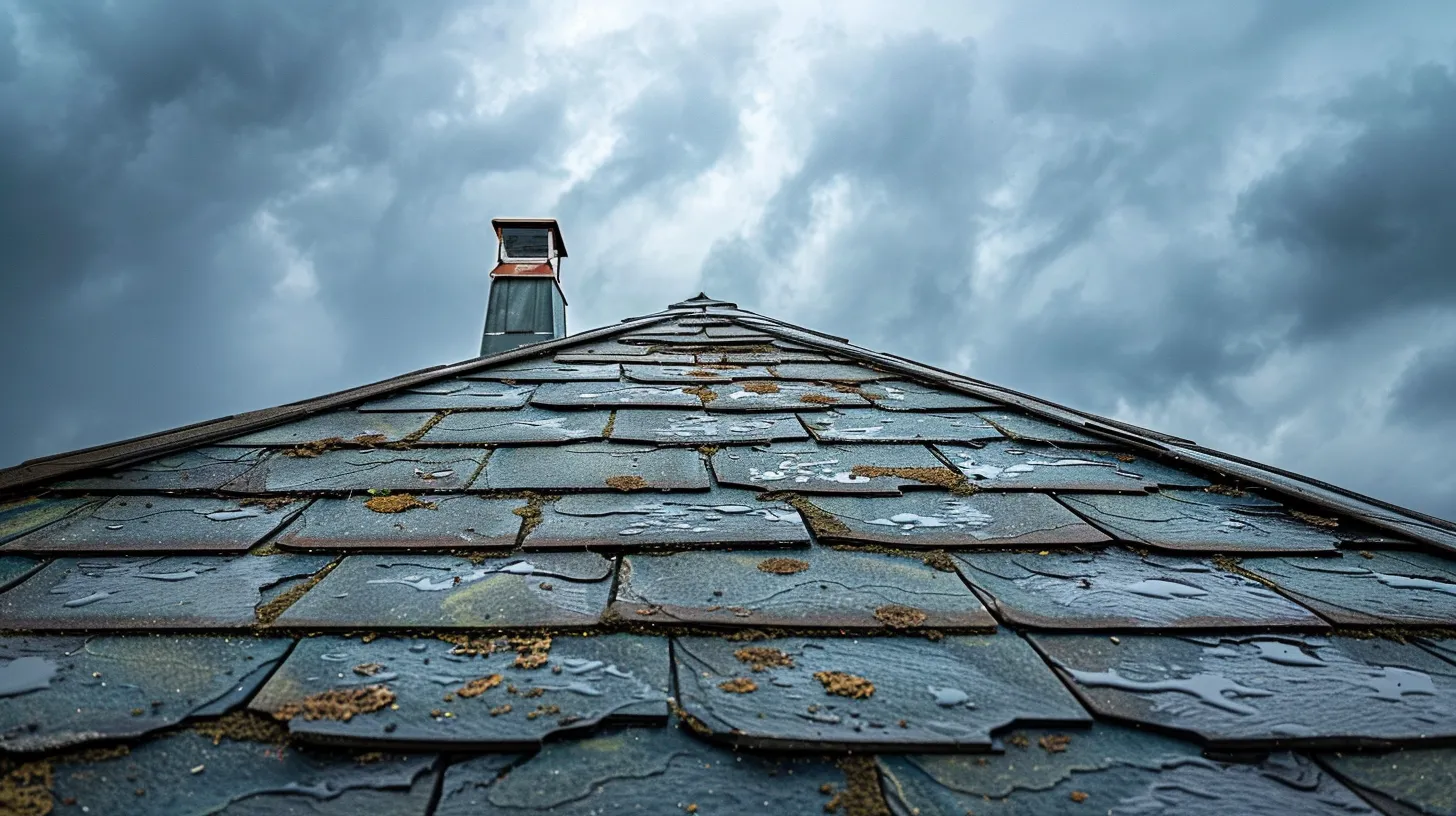
Determining the right time for a roof replacement is crucial for maintaining your home’s safety and value. Regular inspections and awareness of signs such as curling shingles or leaks can help you decide when to take action. If your roof shows significant wear or is approaching its lifespan, considering a replacement becomes essential.
Noticing the presence of mold or water stains inside your home can indicate issues with your roofing system that require urgent attention. These signs may suggest that your roof is no longer providing adequate protection against the elements. Addressing these concerns promptly can prevent further damage and costly repairs.
Weather extremes can accelerate the deterioration of roofing materials, making timely assessments vital. If you experience frequent leaks or excessive wear after storms, it may signal a need for a full roof replacement. Staying proactive about your roof’s condition will protect your property from unnecessary risks.
Ultimately, consulting with a professional roofing contractor is a wise step in making informed decisions regarding roof replacement. They can evaluate your roof’s current state and provide insights based on experience and expertise. Taking action when indicators arise will ensure your home remains safe and secure for years to come.
Frequently Asked Questions
How can I tell if my roof needs replacing?
Inspect your roof for missing shingles, discoloration, sagging, and water stains on ceilings. If you notice these signs, it may indicate a need for replacement. Regular assessments can help maintain your home’s integrity and value.
What visual signs indicate roof wear and tear?
Visual signs of roof wear and tear include missing shingles, curling or buckling shingles, granule loss in gutters, and visible leaks in the interior. Inspect these areas regularly to ensure your roofing remains in optimal condition.
Are there performance indicators I should watch for?
When monitoring construction projects, focus on performance indicators like project completion timelines, budget adherence, quality standards, and customer satisfaction. These metrics help ensure your project remains on track and meets expectations.
What external factors can damage my roof?
Several external factors can damage your roof, including severe weather conditions like heavy rain, snow, and wind, as well as pests, falling branches, and UV radiation. Regular inspections are essential for maintaining roof integrity.
Why is a professional inspection important for my roof?
A professional roof inspection identifies potential issues early, ensuring the integrity of your home. Regular assessments can uncover leaks, structural damage, and wear, ultimately saving you money on repairs and increasing your property’s value.
Conclusion
Recognizing when to consider a roof replacement is essential for safeguarding your home and preserving its value. Keep an eye out for visible signs of wear, such as curling shingles, leaks, or mold growth, which indicate potential underlying issues. Regular inspections, especially after severe weather, play a crucial role in identifying problems early and preventing costly repairs. Consulting with a professional roofing contractor ensures you make informed decisions, maintaining the safety and integrity of your home for years to come.


